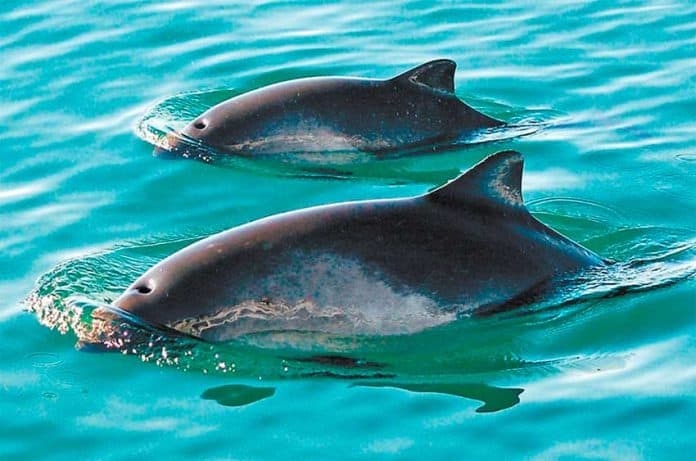The strategy to rescue the vaquita porpoise was not a failure, the environment secretary said yesterday, because specialists were able to collect the genetic material necessary to clone the endangered species.
Rafael Pacchiano Alemán said his department is still focusing on removing gillnets in the upper Gulf of California, “an effort that should never end. I hope that we never reach the cloning scenario, but everything is ready if required.”
The gillnets are used by fishermen to catch totoaba, another endangered species whose swim bladders sell for up to US $100,000 in Asia. Totoabas and vaquitas are endemic to the same area, and the illegal fishing of the former has led to the near extinction of the latter.
Pacchiano said the vaquita rescue plan was thwarted by the involvement of international criminal organizations that are involved in smuggling and selling the bladders, making the eradication of gillnets a complex task.
“We have taken up the fight; today we leave the country with close to 30 vaquitas, a number experts say can still recover,” Pacchiano said during a presentation of his secretariat’s achievements in the past year.
“We now have tissue and blood samples, the complete genetic structure, all that is in the San Diego Zoo and it opens the doors to scenarios that were unthinkable before,” the environment secretary said.
However, current cloning techniques have low success rates, even when working with familiar species; cloning a wild species like the vaquita would require a large genetic sample and fertile female specimens kept in captivity, a feat that has proven unsuccessful.
Pacchiano also spoke regarding a recent decision of the United States Court of International Trade, which ordered the U.S. government to impose a ban on Mexican seafood imports caught using gillnets as a measure to protect the endangered porpoise. He said that the Mexican embassy is preparing a response.
“There is not a single product that has been fished using gillnets,” he said.
Mexico’s response will provide information on the fishing techniques that have replaced the use of gillnets in the vaquita’s habitat.
Source: Milenio (sp)
